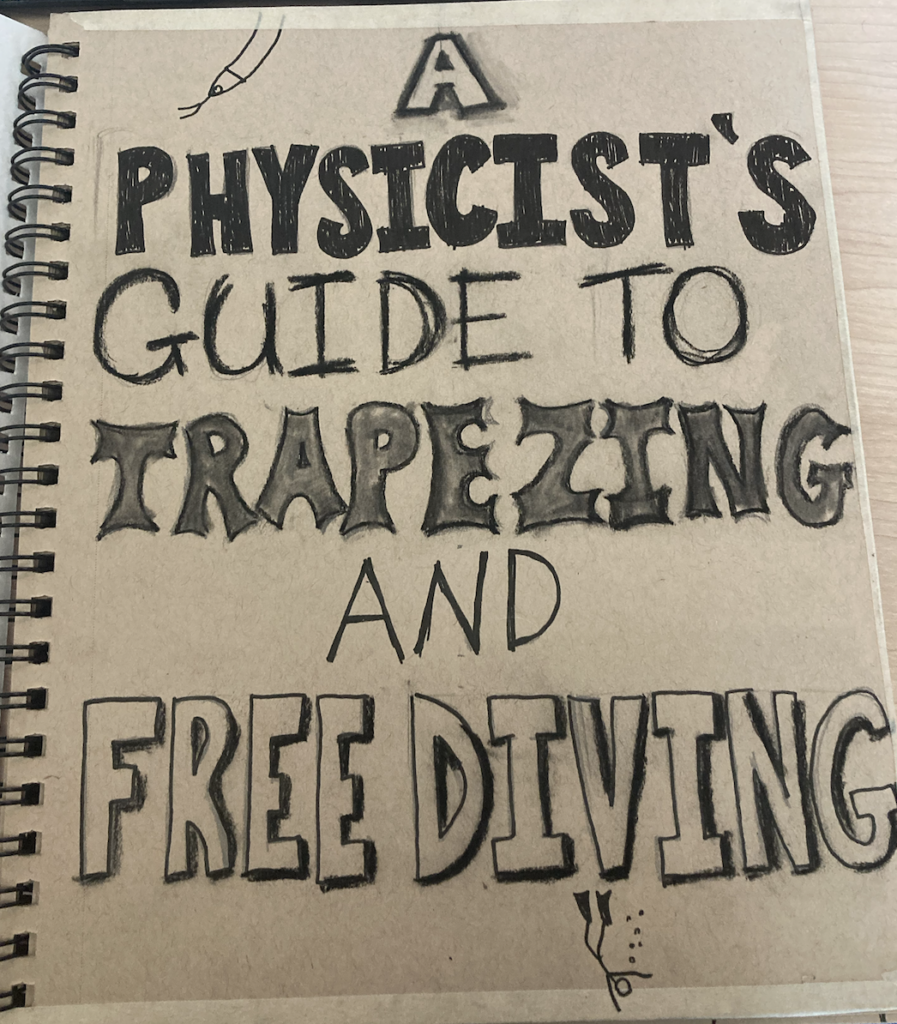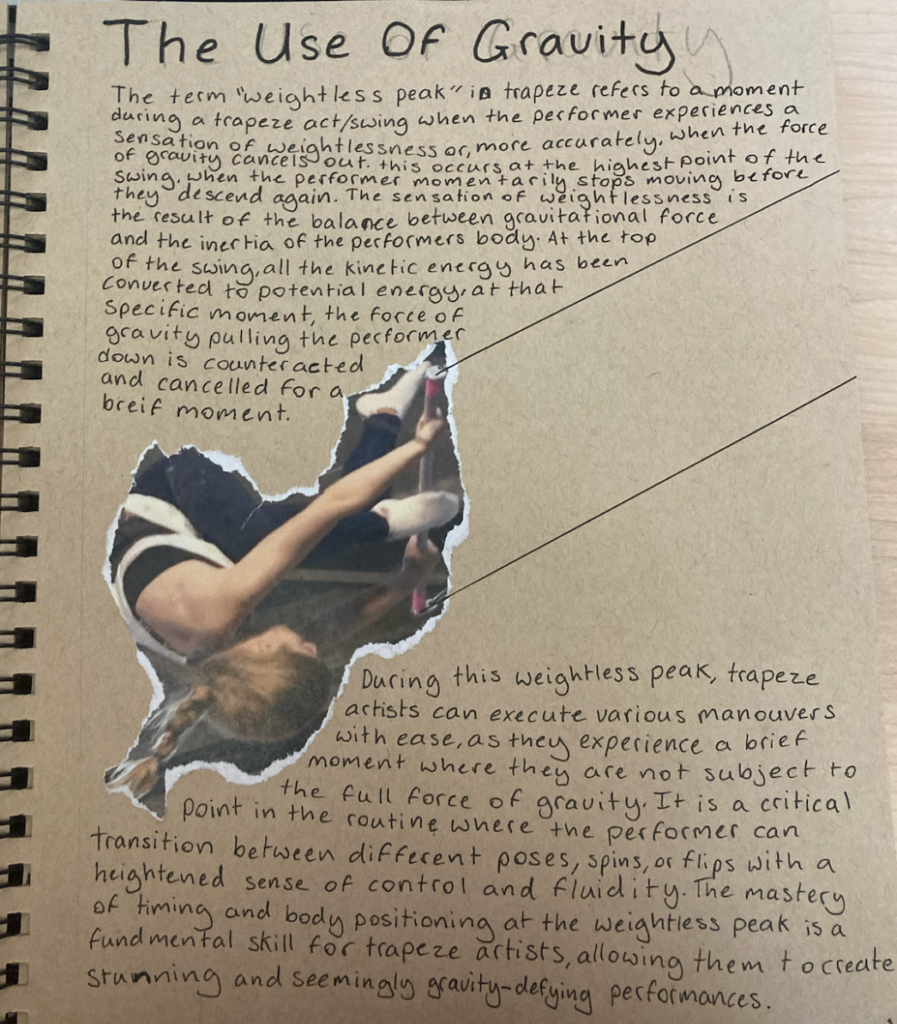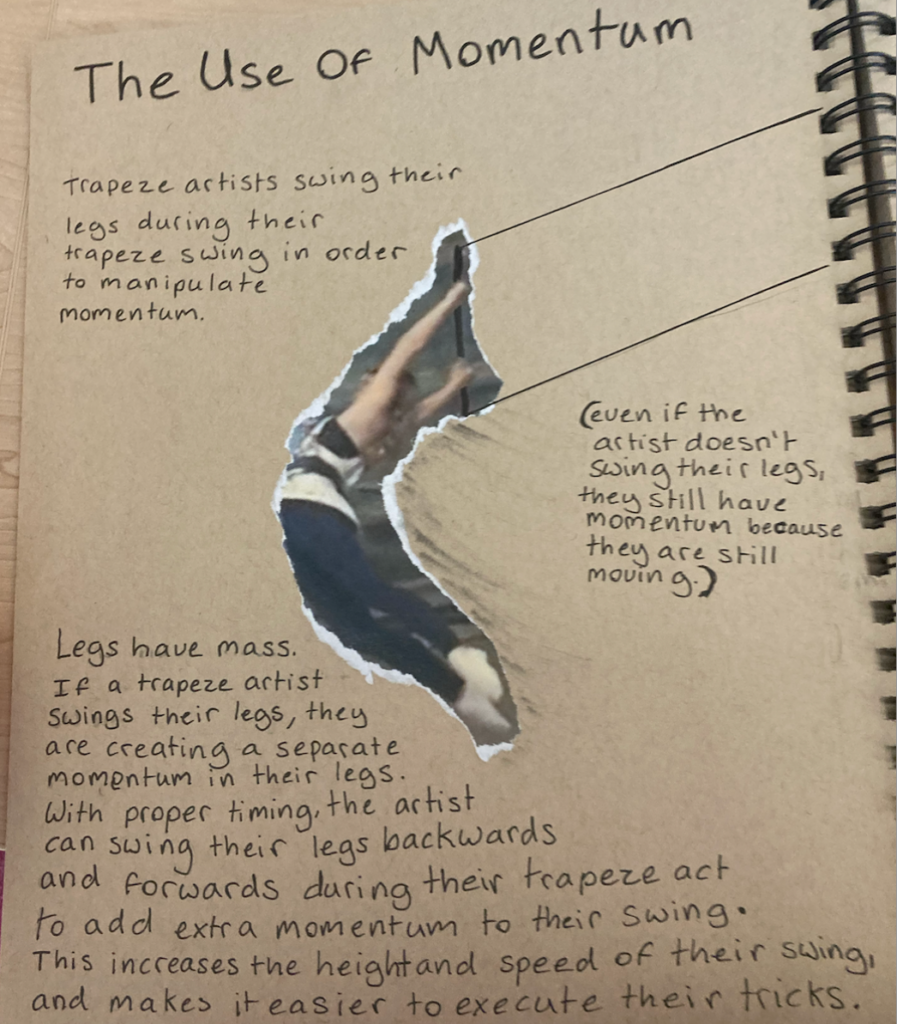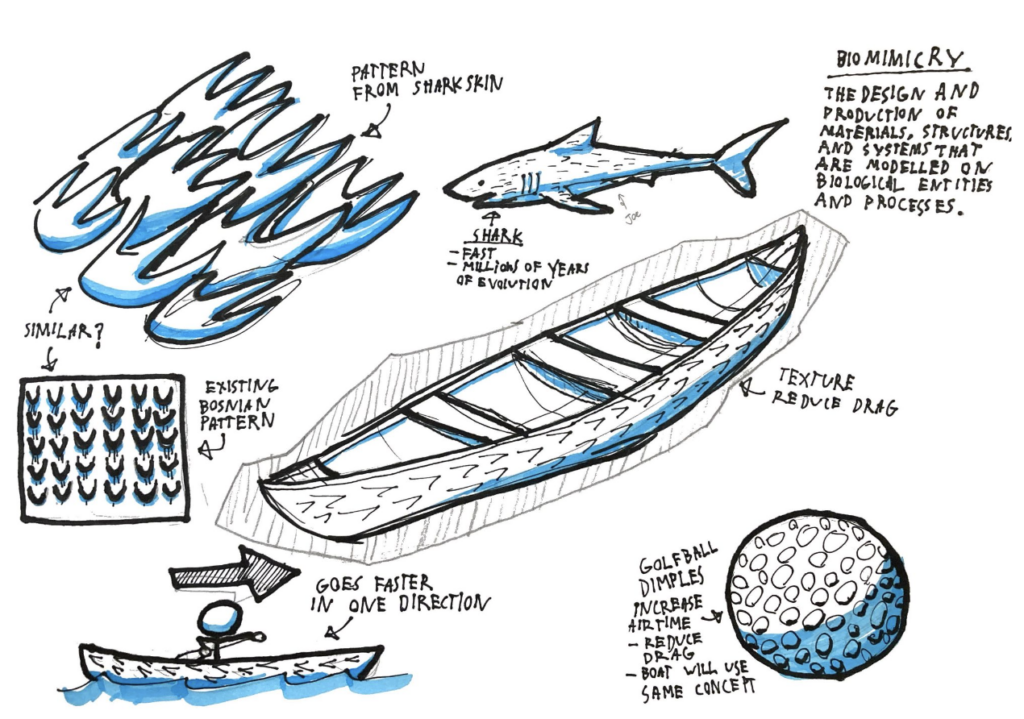Driving Question:
How might we understand the relationship between physics and human performance in aerial and aquatic environments?
Module Summary:
The module Over/Under: Air, Water & Physics explored the relationship between physics and human performance in aerial and aquatic environments. Their project involved taking trapeze classes for five weeks, where they learned and practiced various tricks, reflecting on the physics involved in their movements. They focused on understanding forces, pendulums, and the transformation of kinetic and potential energy.
Midway through the term, they participated in a workshop in Cairns, where they learned additional aerial arts and tight roping, and completed a water safety diving course. This course included pool training in breath-holding techniques, streamlining, and basic swimming skills, which they later applied in a lake, encountering real-world aquatic conditions, such as swimming with a crocodile. They also visited the Great Barrier Reef, where they swam with turtles and saw sharks.
The educational components of their module emphasized the physics of trapeze, such as gravitational, centripetal, and air resistance forces, as well as pendulum motion and energy transformation. In diving, they focused on swimming strength, equalizing pressure, rescue techniques, and efficient breathing.
Rianon T.’s final product is a physical scrapbook titled “A Physicist’s Guide to Trapezing and Free Diving!”. This scrapbook serves as an educational and informative overview of the physics involved in trapezing and free diving. Throughout the module, she focused on developing the 21st-century skill of adaptability and managing complexity. This was exemplified through various activities, including trapezing, creating physics experiments, building a car, launching a baking soda rocket, experimenting with pendulums, learning to free dive, and adapting to new challenges constantly.



She found this module particularly engaging and enjoyable, especially the trapezing aspect. The open-ended nature of the summative assessment allowed her to creatively interpret your learning, resulting in a fulfilling and engaging final product.



